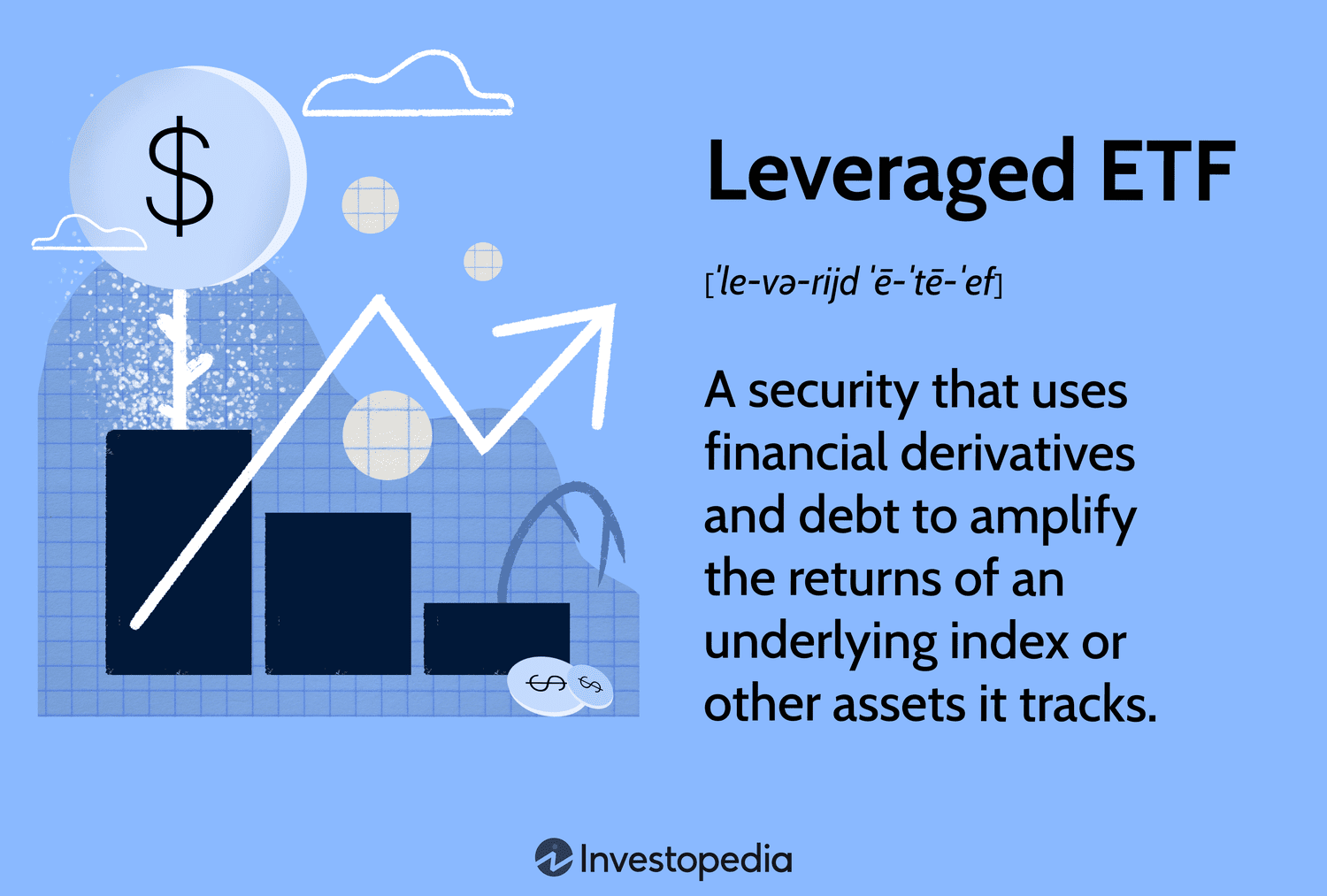

Introduction to ETFs and Dividends
Exchange-Traded Funds (ETFs) have become a cornerstone of modern investing, offering investors a diversified, cost-effective way to gain exposure to various market segments. Among the many types of ETFs, those focusing on dividend-paying stocks have gained significant popularity, especially among income-seeking investors. Dividends represent a portion of a company’s earnings distributed to shareholders, and dividend-focused ETFs aim to capitalize on this steady income stream while potentially offering capital appreciation.
The chart provided illustrates the performance of two prominent dividend ETFs—the SPDR S&P Dividend ETF and the Schwab US Dividend Equity ETF—alongside the broader SPDR S&P 500 ETF and the S&P 500 index itself, over the first quarter of 2025. This article will explore the dynamics of ETF dividends, analyze the performance trends shown in the chart, and provide insights into why dividend ETFs might be a valuable addition to an investment portfolio.
What Are Dividend ETFs?
Dividend ETFs are investment vehicles that track an index or a basket of stocks selected for their consistent or high dividend payouts. These ETFs typically include companies with a history of stable earnings and a commitment to returning value to shareholders. Examples include large-cap firms in sectors like utilities, consumer staples, and financials, which are known for reliable dividend policies.
The SPDR S&P Dividend ETF, for instance, tracks the S&P High Yield Dividend Aristocrats Index, which includes companies that have increased their dividends for at least 20 consecutive years. Similarly, the Schwab US Dividend Equity ETF focuses on U.S. companies with strong dividend yields and sustainable payout ratios. These ETFs differ from the broader SPDR S&P 500 ETF, which tracks the performance of the 500 largest U.S. companies, including both dividend payers and non-dividend payers.
Analyzing the 2025 Performance Chart

The chart provides a snapshot of how these investment options performed from January to March 2025. Let’s break it down:
- Early Volatility (January 2025): All four lines—SPDR S&P 500 ETF, Dividend ETF, Schwab US Dividend Equity ETF, and S&P 500 index—start with fluctuations. The Dividend ETF and Schwab ETF show dips below the zero line, suggesting initial underperformance or market corrections. This could reflect broader economic uncertainty or sector-specific challenges affecting dividend-paying stocks.
- Mid-Period Recovery (February 2025): By February, all ETFs and the index recover, with the Dividend ETF and Schwab ETF showing stronger upward trends. The SPDR S&P 500 ETF and S&P 500 index also rise but remain slightly below the dividend-focused ETFs. This suggests that dividend stocks may have outperformed the broader market during this period, possibly due to increased investor demand for income in uncertain times.
- Late Decline (March 2025): Toward the end of March, the S&P 500 index and SPDR S&P 500 ETF experience a sharp decline, dropping below -2%. In contrast, the dividend ETFs, while also declining, show more resilience, with the Schwab US Dividend Equity ETF maintaining a position closer to the zero line. This resilience could indicate that dividend-paying stocks provide a buffer during market downturns.
Why Dividend ETFs Outperform in Volatility
The chart highlights a key advantage of dividend ETFs: their ability to cushion against market volatility. Dividend-paying companies are often well-established with strong balance sheets, making them less prone to drastic declines compared to growth stocks that dominate the S&P 500. The steady income from dividends can also attract investors during periods of economic uncertainty, as seen in the mid-February recovery.
Moreover, dividend ETFs often reinvest dividends or distribute them to shareholders, providing a dual benefit of income and potential capital gains. The Schwab US Dividend Equity ETF, for example, may appeal to investors seeking higher yields, while the SPDR S&P Dividend ETF offers exposure to companies with a proven track record of dividend growth.
Risks and Considerations
While the chart suggests a promising outlook for dividend ETFs, there are risks to consider. Dividend-focused ETFs can be sensitive to interest rate changes. Rising rates, for instance, might reduce the attractiveness of dividend stocks compared to fixed-income alternatives like bonds. The late March decline in the chart could hint at such a scenario, where a rate hike or economic data triggered a sell-off.
Additionally, not all dividend ETFs are created equal. Some may include companies with unsustainable payout ratios, leading to potential dividend cuts. Investors should scrutinize the underlying holdings and the ETF’s expense ratio, which can erode returns over time.
Comparing Dividend ETFs to the S&P 500
The performance divergence between dividend ETFs and the S&P 500 index in the chart underscores a critical investment choice. The S&P 500, while offering broad market exposure, includes many growth-oriented companies (e.g., technology firms) that may not pay dividends. This can lead to higher volatility, as seen in the sharp March drop. In contrast, dividend ETFs provide a more stable income stream, which can be particularly appealing during bearish markets.
However, the S&P 500 has historically delivered higher long-term capital appreciation. Investors must balance their need for income (via dividends) with their tolerance for risk and growth potential. A hybrid approach—combining dividend ETFs with broader market ETFs—might offer the best of both worlds.
Building a Dividend ETF Strategy
For investors interested in leveraging dividend ETFs, a strategic approach is essential. Here are some steps based on the insights from the chart:
- Diversification: Include both the SPDR S&P Dividend ETF and Schwab US Dividend Equity ETF to diversify across different dividend strategies (yield vs. growth).
- Timing: The chart suggests buying opportunities during dips (e.g., January or late March), followed by holding through recoveries (e.g., February).
- Reinvestment: Opt for dividend reinvestment plans (DRIPs) to compound returns over time, especially during volatile periods.
- Monitoring: Regularly review economic indicators (e.g., interest rates, inflation) that could impact dividend stock performance.
Our Opinion
The performance of dividend ETFs in the first quarter of 2025, as depicted in the chart, highlights their potential as a resilient investment option. The SPDR S&P Dividend ETF and Schwab US Dividend Equity ETF demonstrate stability and recovery potential compared to the broader S&P 500, making them attractive for income-focused investors. However, the late March decline serves as a reminder of the inherent risks in the market.



















